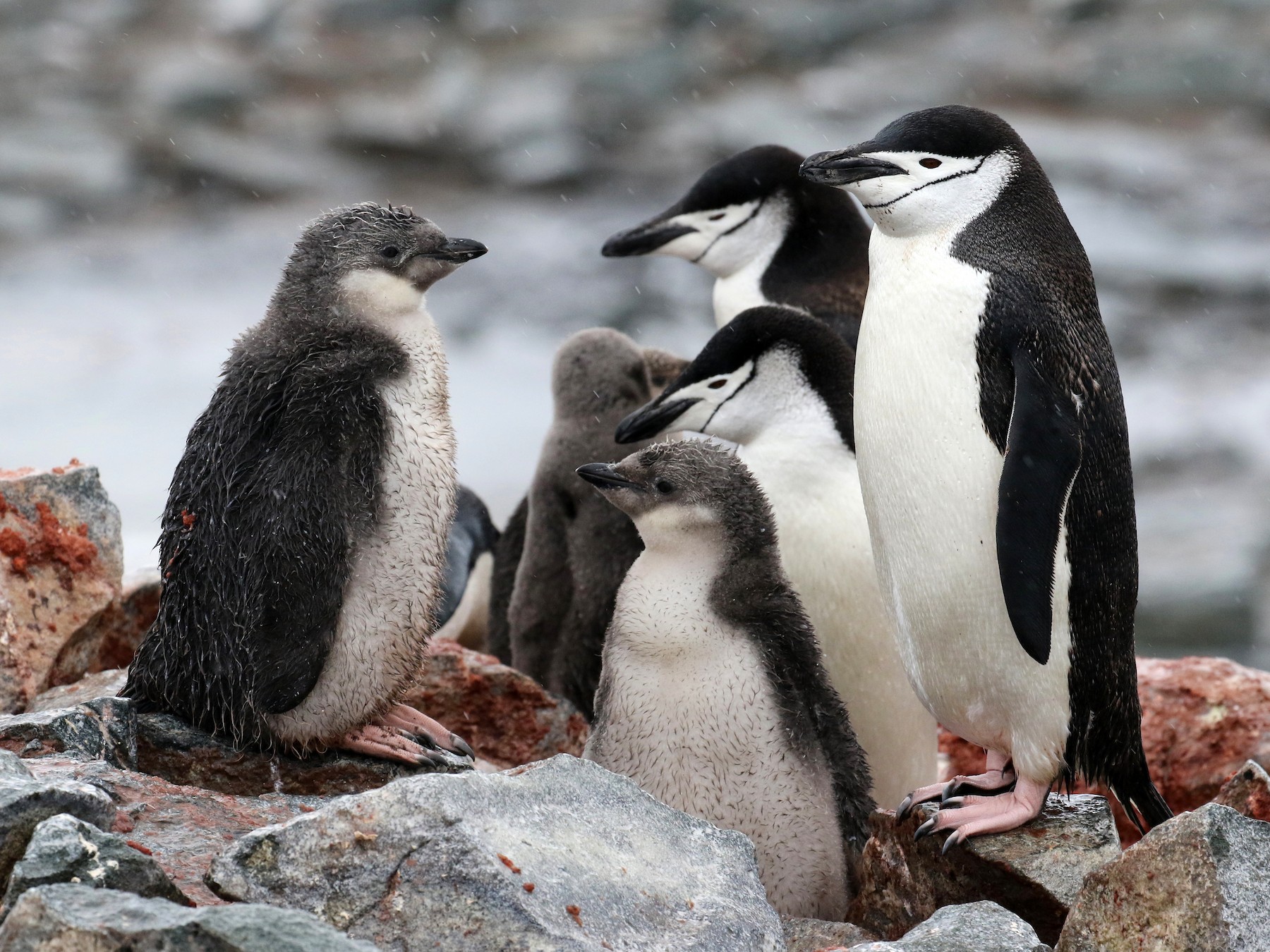Your cart is currently empty!
poem
-
Ural Owl

The Ural Owl is a large nocturnal owl. It tends to occur in mature but not too dense primary forests of the Northern Hemisphere. Prey consists mostly of various species of rodents.
-
Black-footed Albatross

The Black-footed Albatross measures 68 to 74 cm, having a wingspan of 190 to 220 cm. Its vocalization ranges from shrieks and squeals while fighting over food to bill-clapping, whistles, groans, and quacks while courting. It feeds in pelagic waters, taking the eggs of flying fish, live fish, fish offal, squid and to a lesser…
-
Wire-crested Thorntail

The Wire-crested Thorntail is found in humid forests in the Andean foothills of Colombia, Ecuador and Peru. It feeds on nectar, primarily in the forest canopy and also eats small arthropods.
-
Chinstrap Penguin

The Chinstrap Penguin is a species of penguin that inhabits a variety of islands and shores in the Southern Pacific and the Antarctic Oceans. Chinstrap penguins microsleep over 10,000 times a day and accomplish this in 4 second bouts of sleep.
-
Peacock Pansy

A poem on a wonderful glimpse at Forest Hut…
-
Crowned Eagle

The Crowned Eagle, also known as the African Crowned Eagle or the Crowned Hawk-eagle, is a large bird of prey found in sub-Saharan Africa. Its highly vocal and has a staple diet of mostly mammals, favourably monkeys and antelopes.
-
Blue-faced Honeyeater

The blue-faced honeyeater, also locally known as the Bananabird, is a passerine bird. Its diet is mostly composed of invertebrates, supplemented with nectar and fruit.
-
Blue Bird-Of-Paradise

The blue bird-of-paradise is a beautiful, relatively large species of bird-of-paradise. The blue bird-of-paradise is mainly a frugivorous species, feeding on a good variety of fruits like figs, drupes, and berries, but animal prey is also present in the diet; it not only includes insects, but also some vertebrates like reptiles.
-
Northern Pike

Northern pike are most often olive green, shading from yellow to white along the belly. It typically lives to 10–15 years, but sometimes up to 25 years.